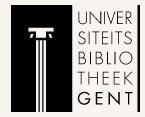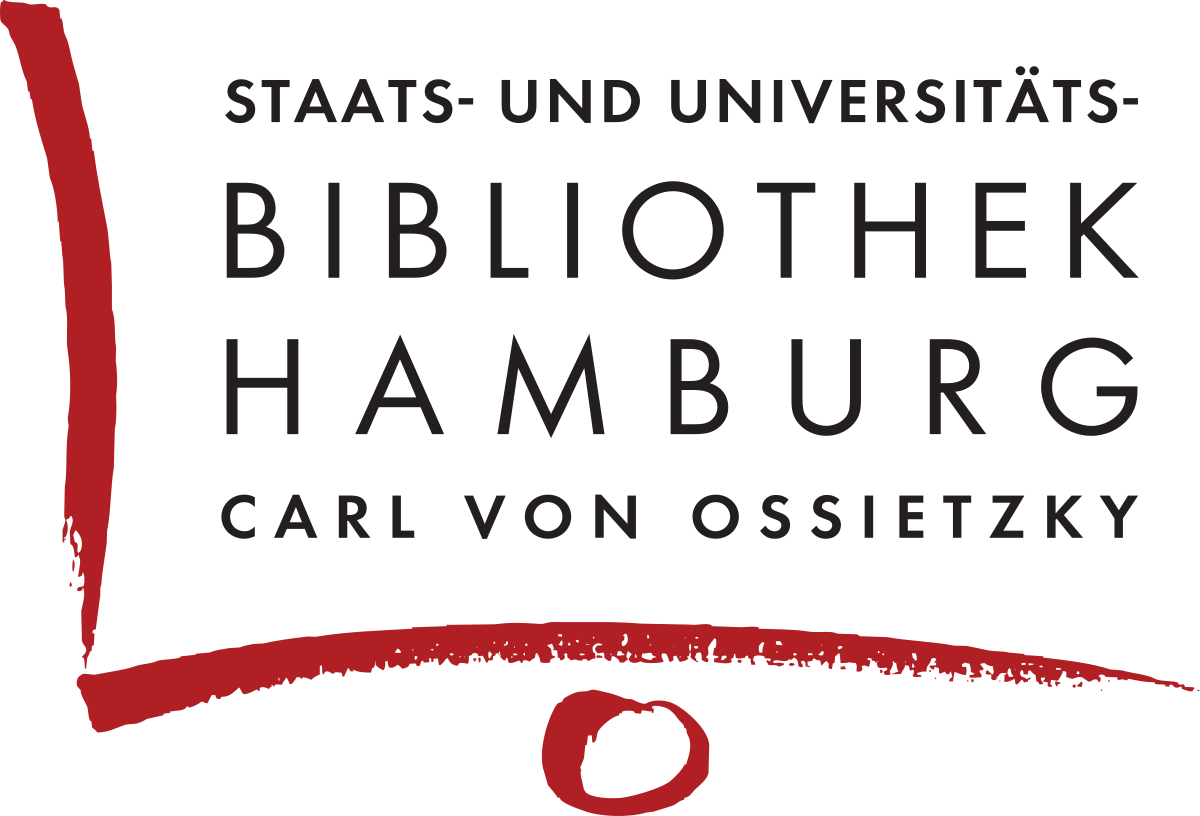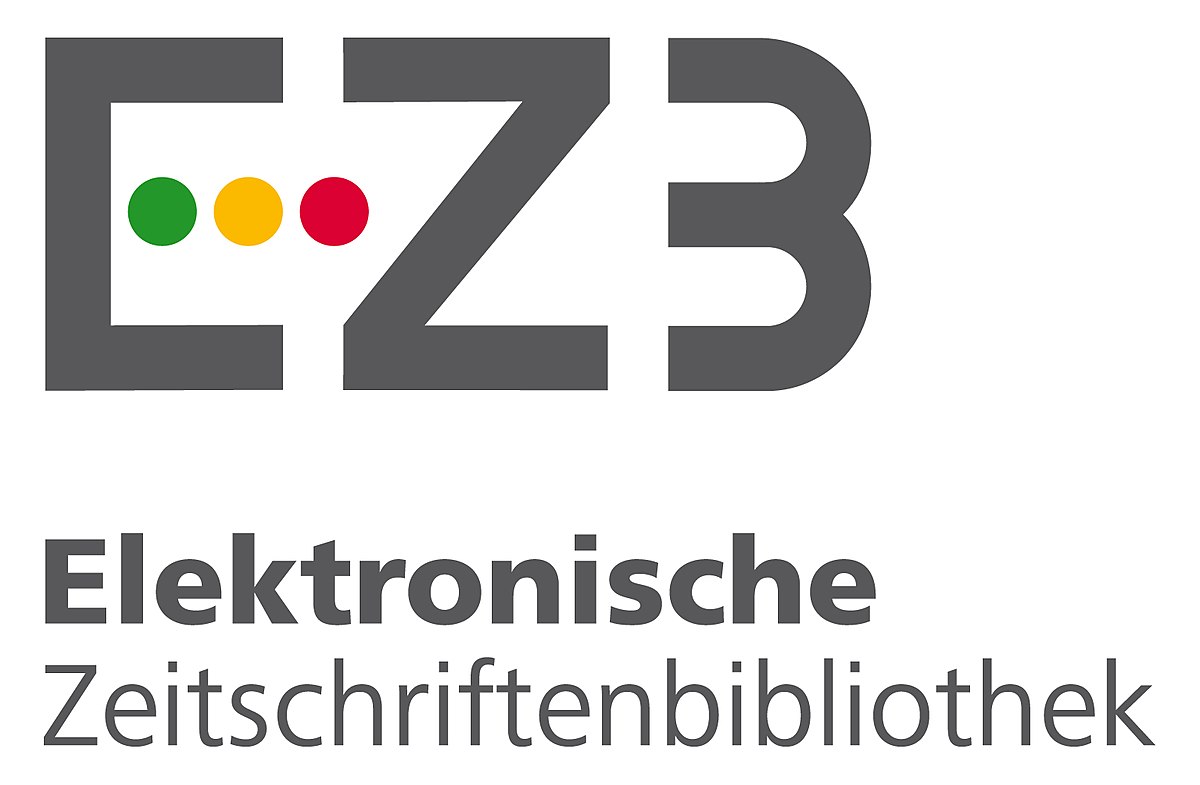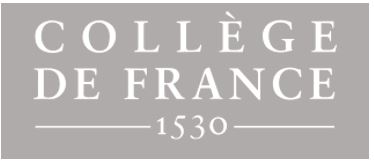Armenian self-taught painters from Tbilisi and an unknown canvas by K. Grigoryants
DOI:
https://doi.org/10.61671/hos.8.2025.9101Keywords:
K. Grigoryants, “Queen Tamar and Shota Rustaveli”, “Rare Stories of Old Tbilisi”, V. Elibekyan, V. KhojabekovAbstract
Armenian painting in Georgia has a long history. Already from the 17th century, there were Armenian artists' families in Tbilisi. The oldest famous family of Hovnathanians lived in Tbilisi from the 17th century. At the beginning of the 20-th century, a group of Armenian women artists was already active in Tbilisi. Professionals who received education in Russia and Europe, as well as self-taught great masters V. Khojabekov, K. Grigoryants, and V. Elibekyan, who brought the life of old Tbilisi to the canvas with exceptional clarity, made an immeasurable contribution to the formation of the Tbilisi Armenian Art School.
K. Grigoriants's work depicting the life of old Tbilisi can be found in artistic, theatrical and literary circles. He was a primitivist self-taught artist, a contemporary of Firosmani and similar to Firosmani, he created portraits and still lifes with characteristic Georgian painting and made signs. According to S. Kldiashvili, K. Grigoryants was the author of 12 books. The texts are almost completely lost. In 2011, K. Grigoryants's „Rare Stories of Old Tbilisi“ was published The book is decorated with the author's drawings and includes all 40 drawings known at the time. K. Grigoryants's previously unknown „Queen Tamar and Shota Rustaveli“ was not among them. The National Parliament Library of Georgia purchased the painting from a private person in 2022. V. Khojabegov's painting is as original as the existence of old Tbilisi. He mainly painted genre scenes. The forgotten tradition preserved in Khojabegov's painting „Groom’s dance on the grave of his parents" is very interesting. The everyday life of the townspeople is depicted in a theatrical environment. The old Tbilisi captured in the pictures of Grigoryants, Khojabegov, and Elibekyan revives the self-contained face of Tbilisi of the late 19th and early 20th centuries, urban traditions, clothes of Tbilisi residents, and urban entertainments. The naive works of self-taught Armenian artists from Tbilisi are considered to be prominent records of Tbilisi's life.



































